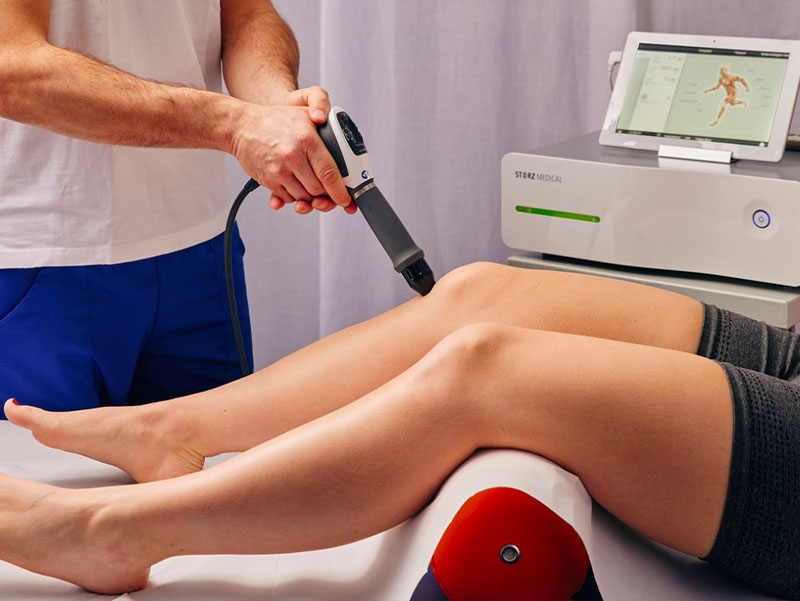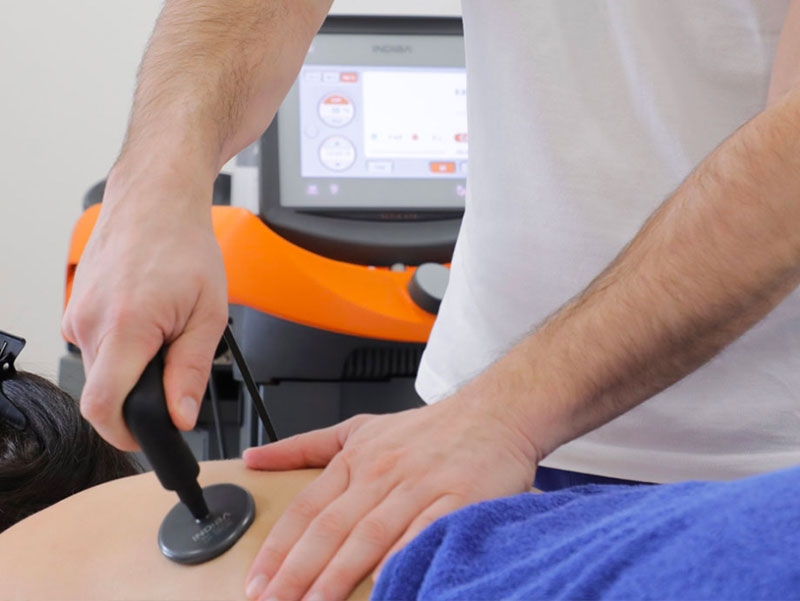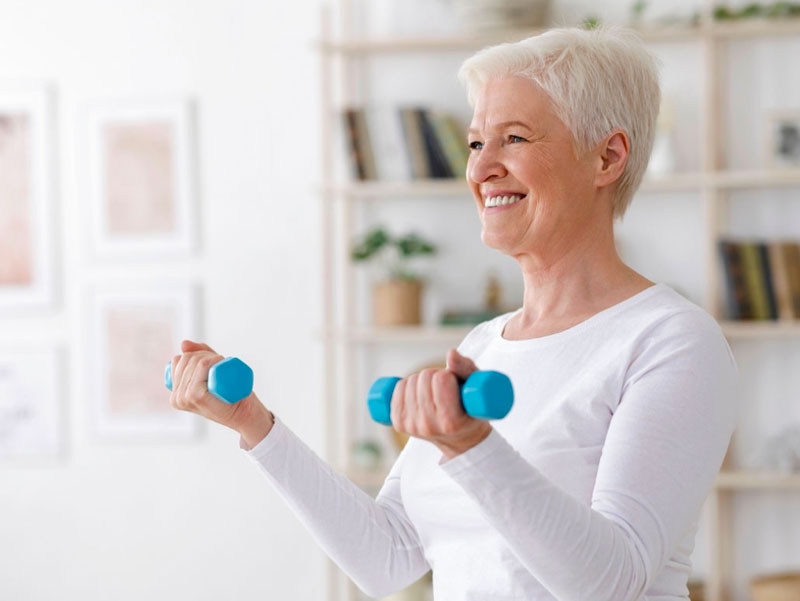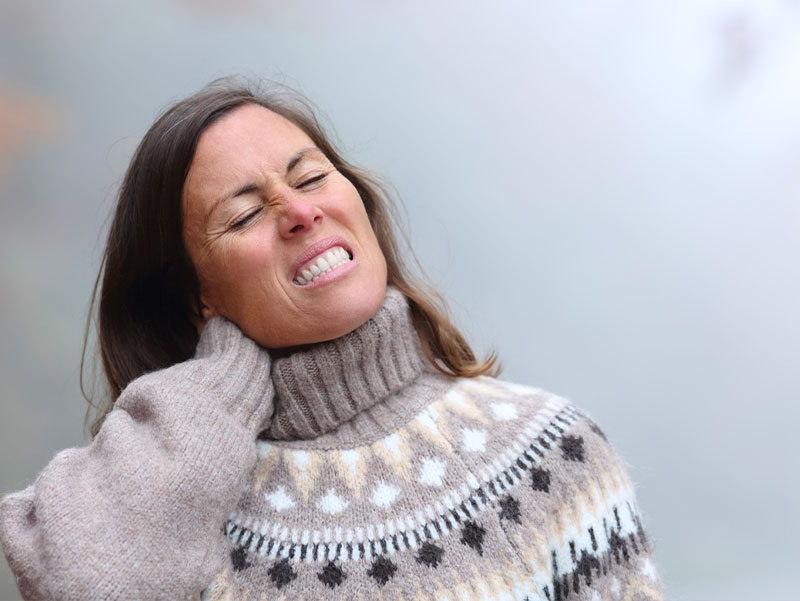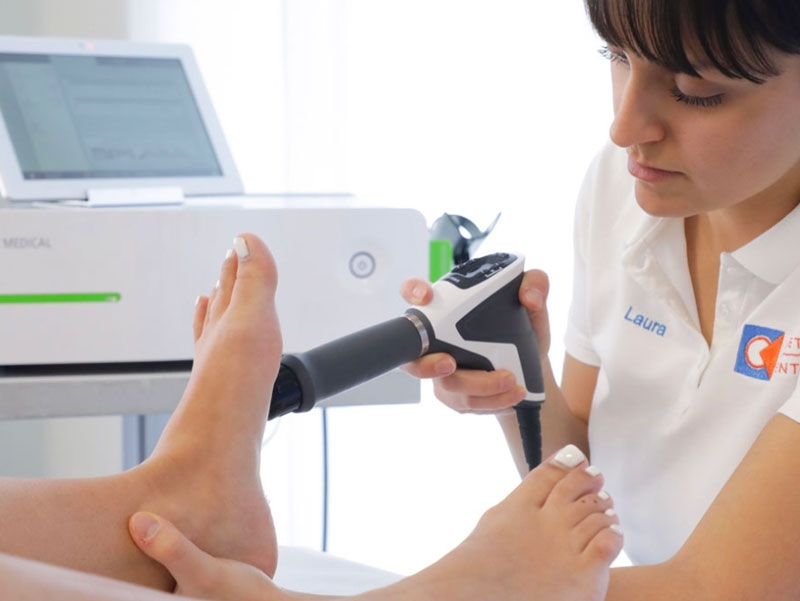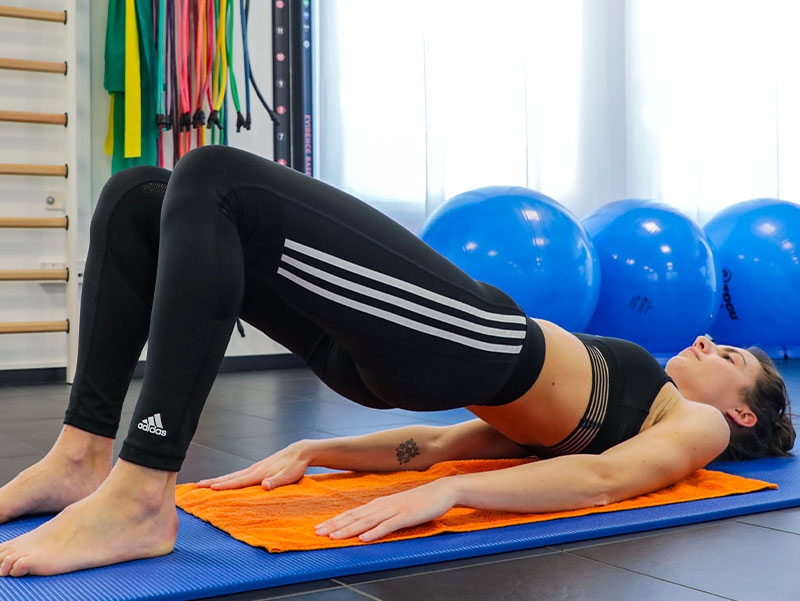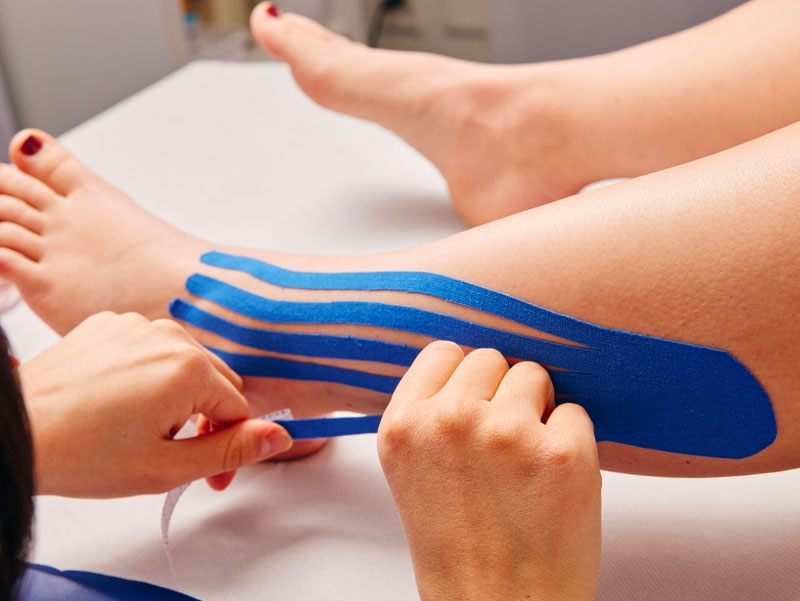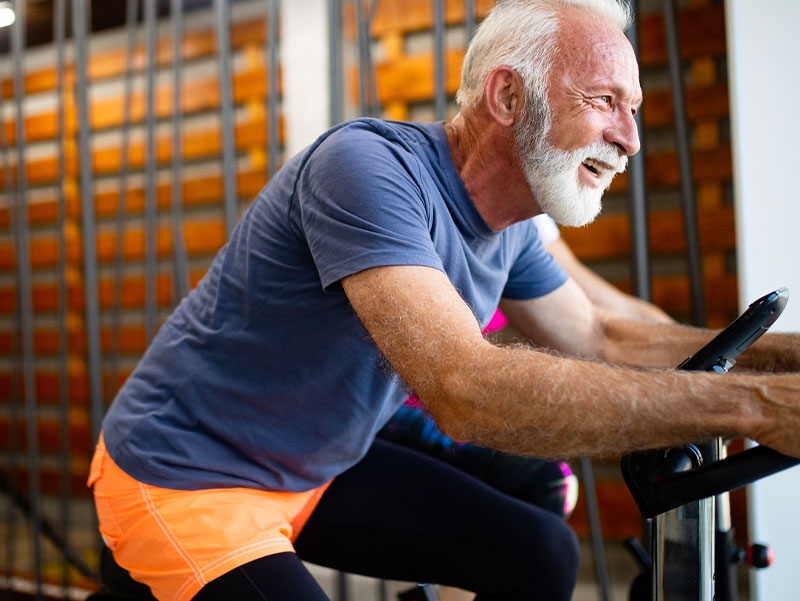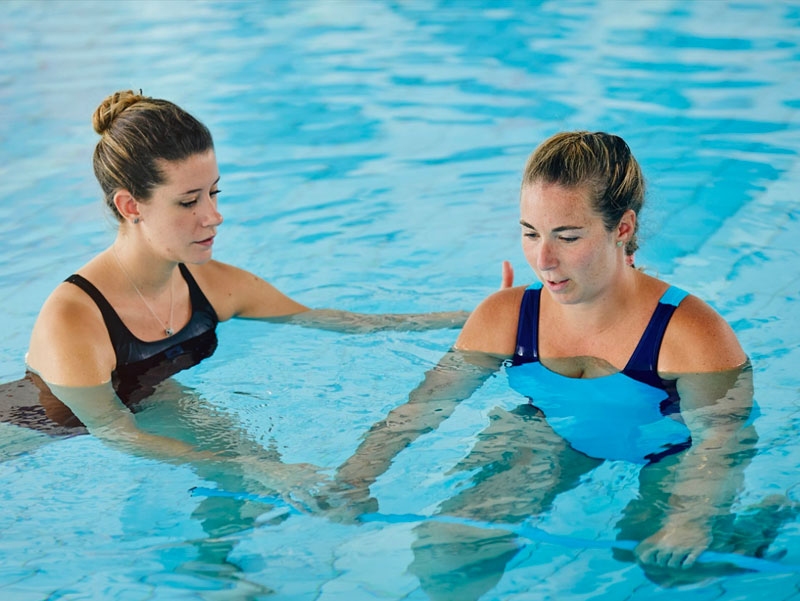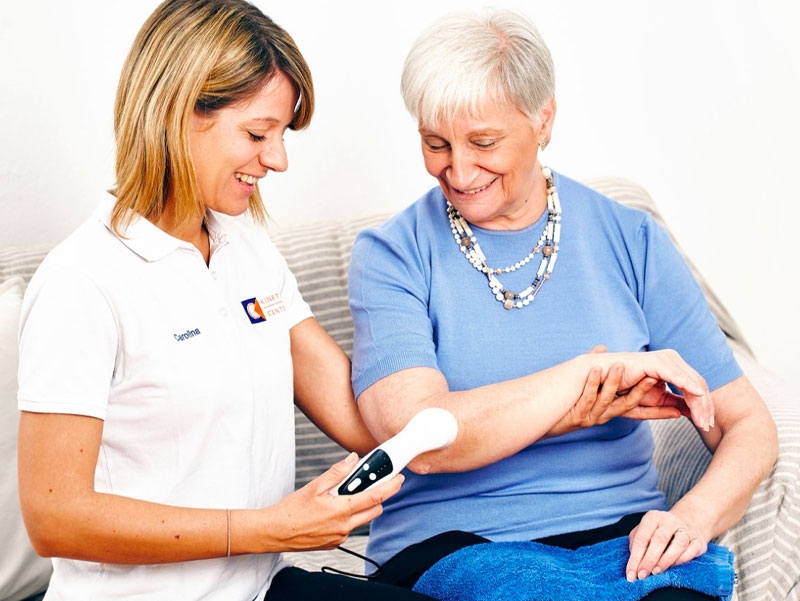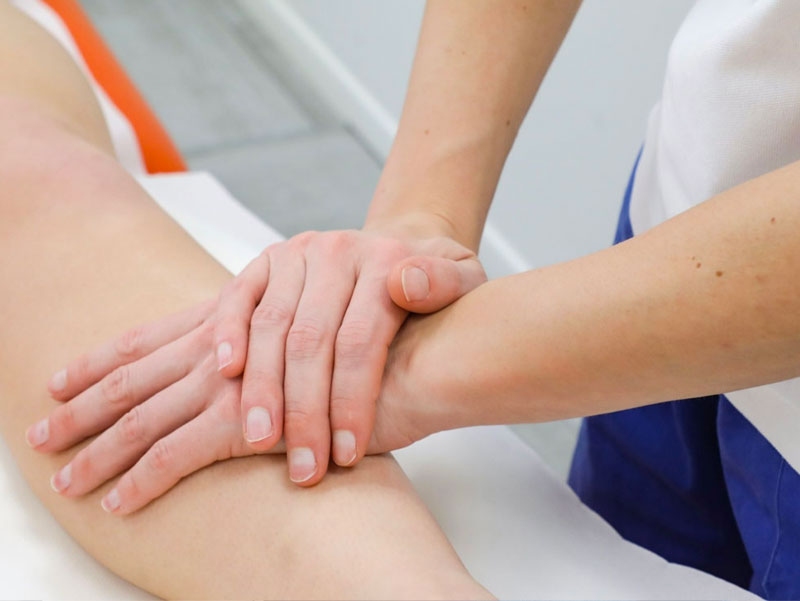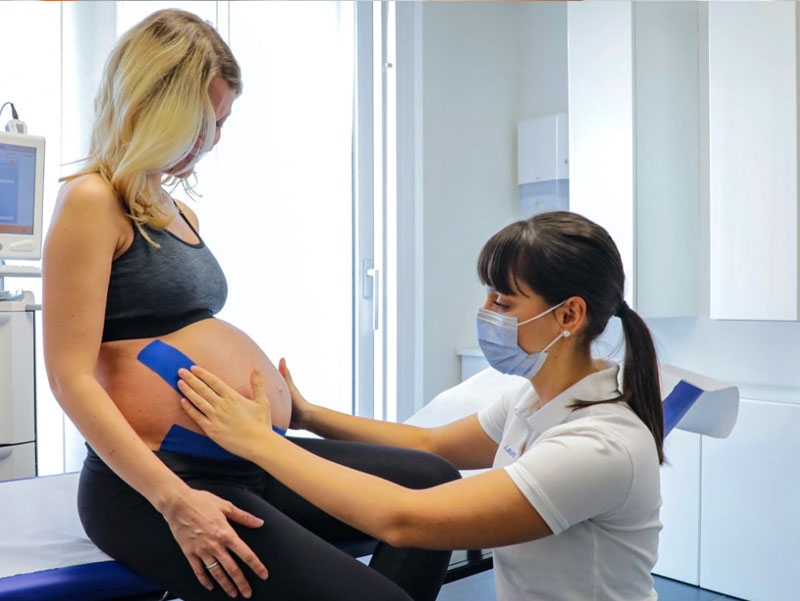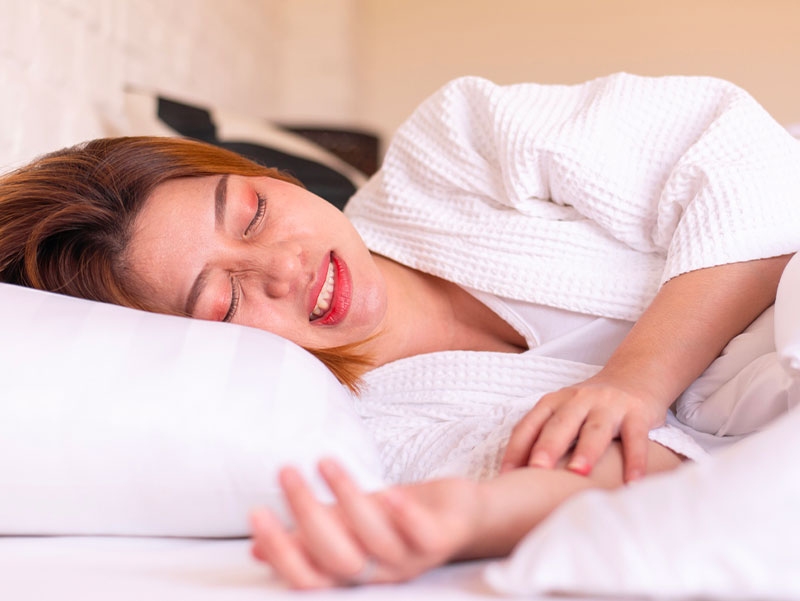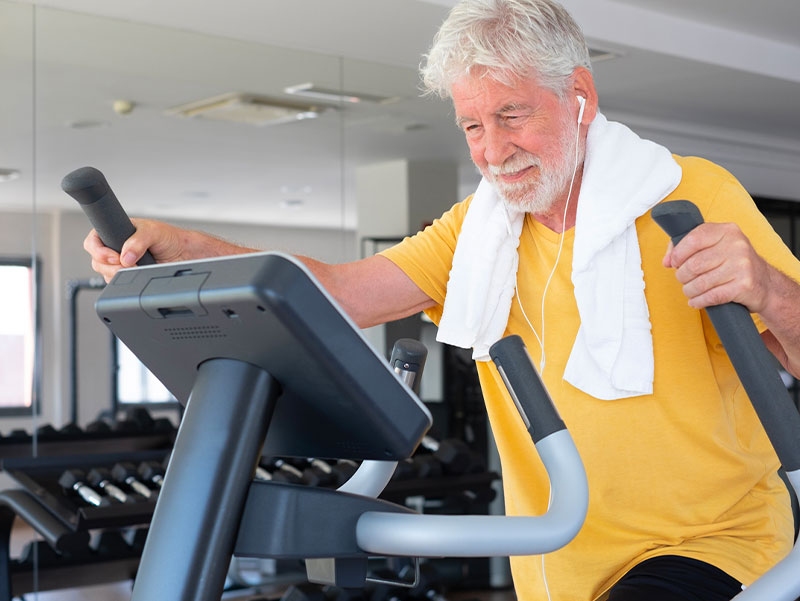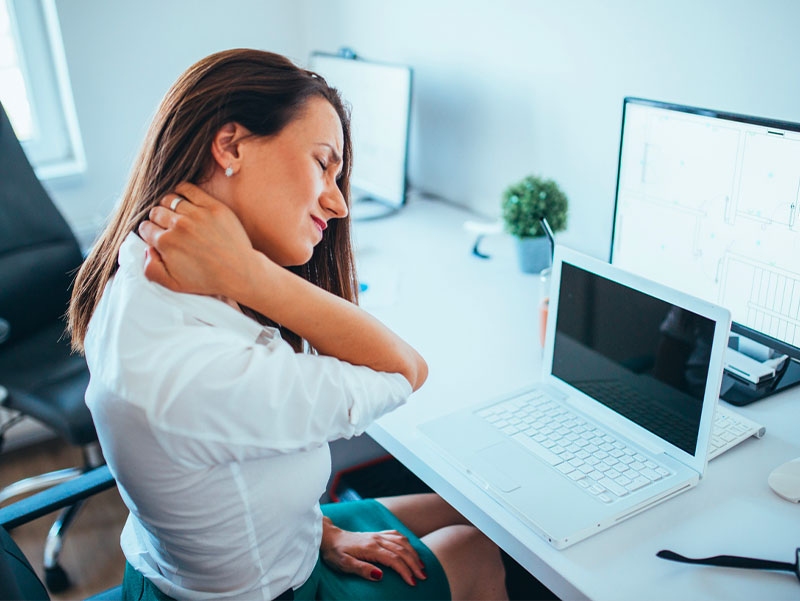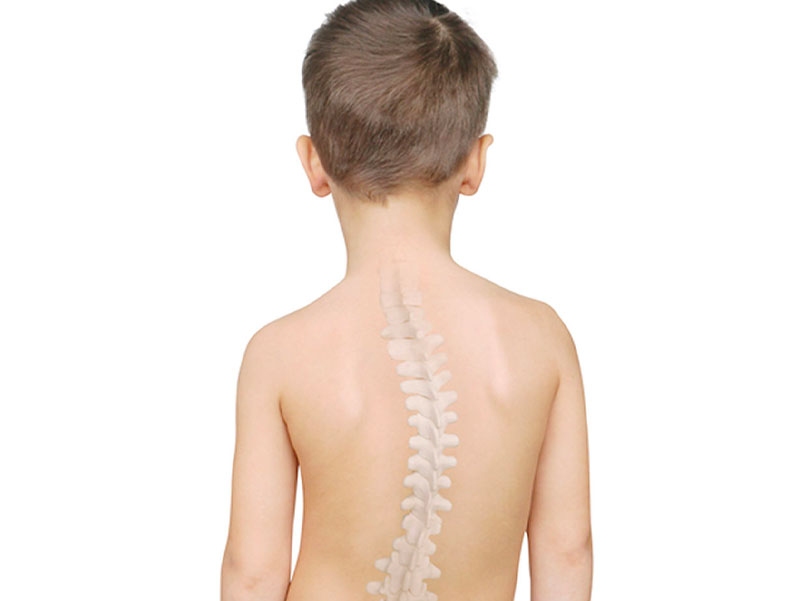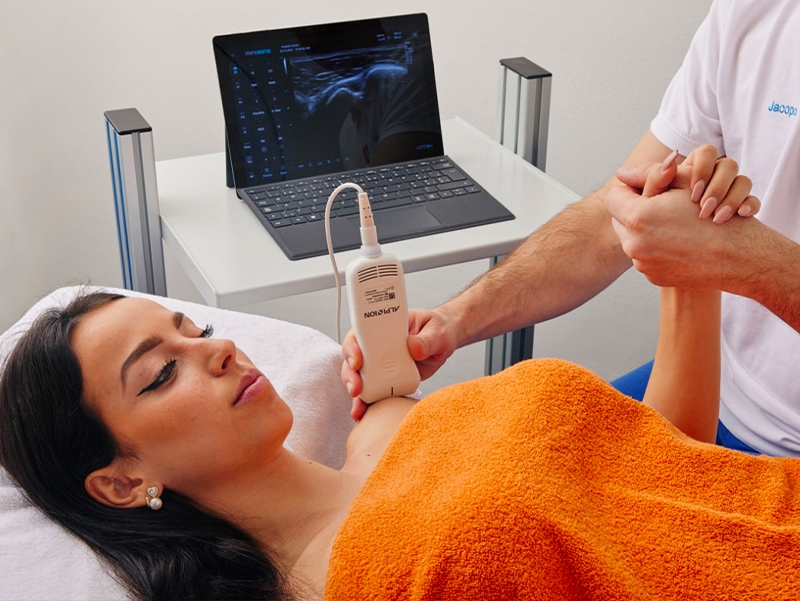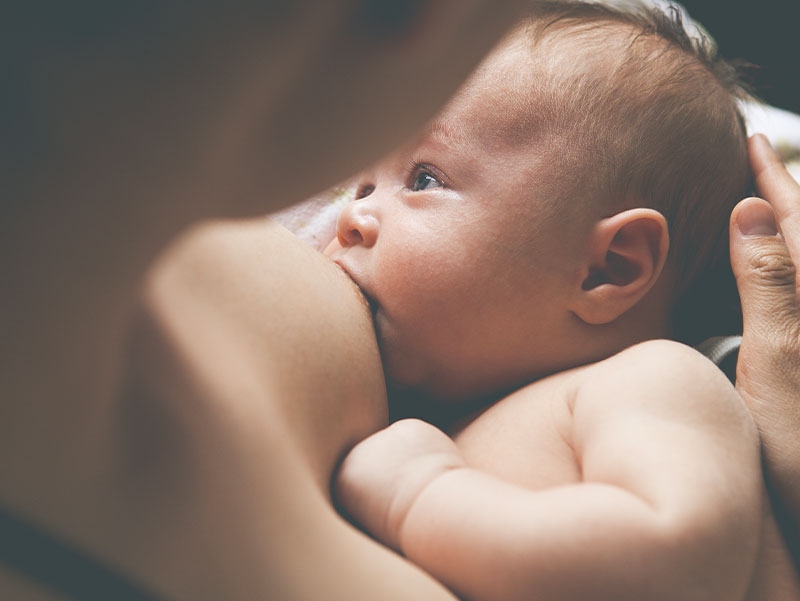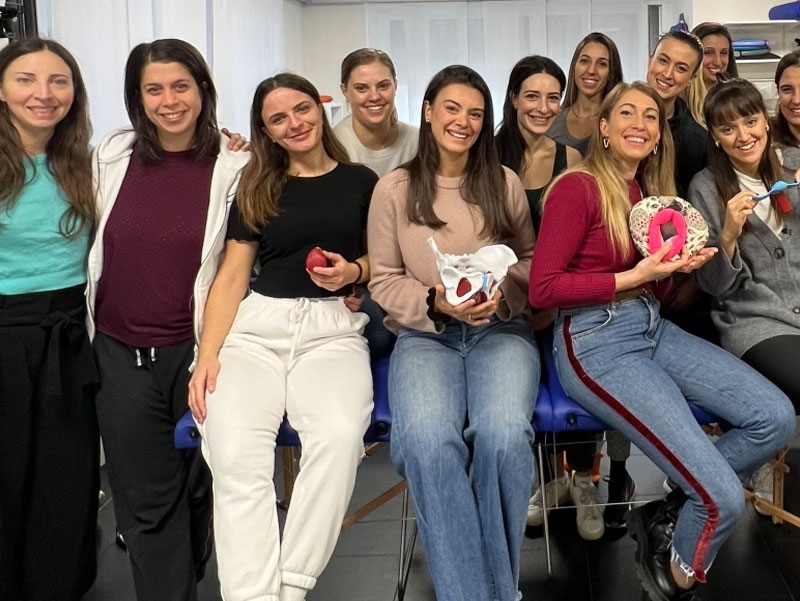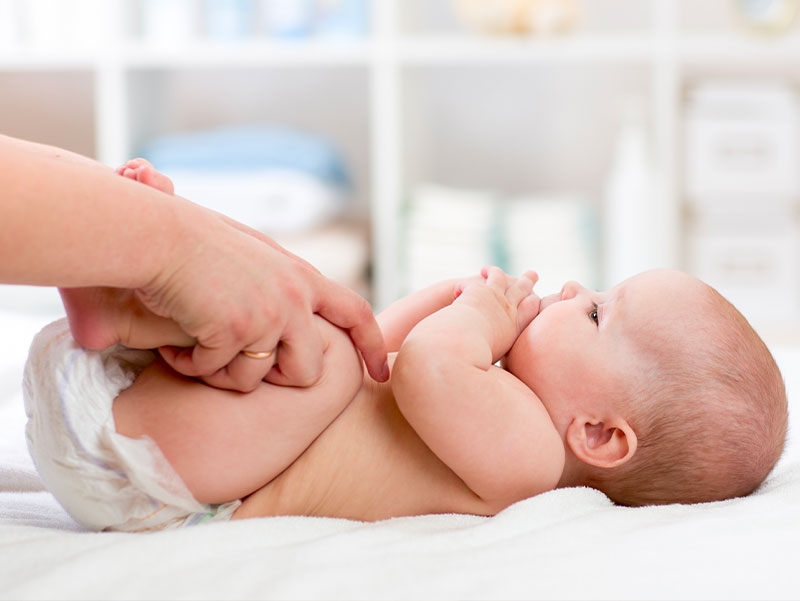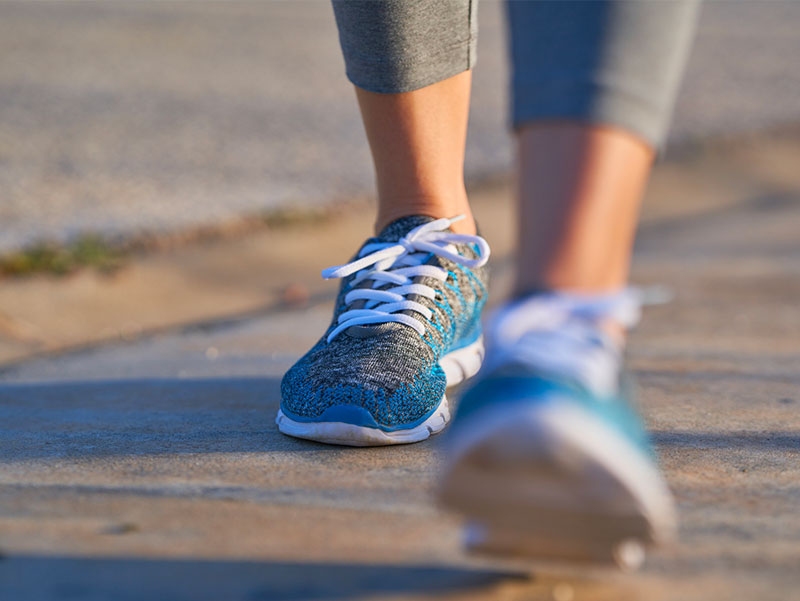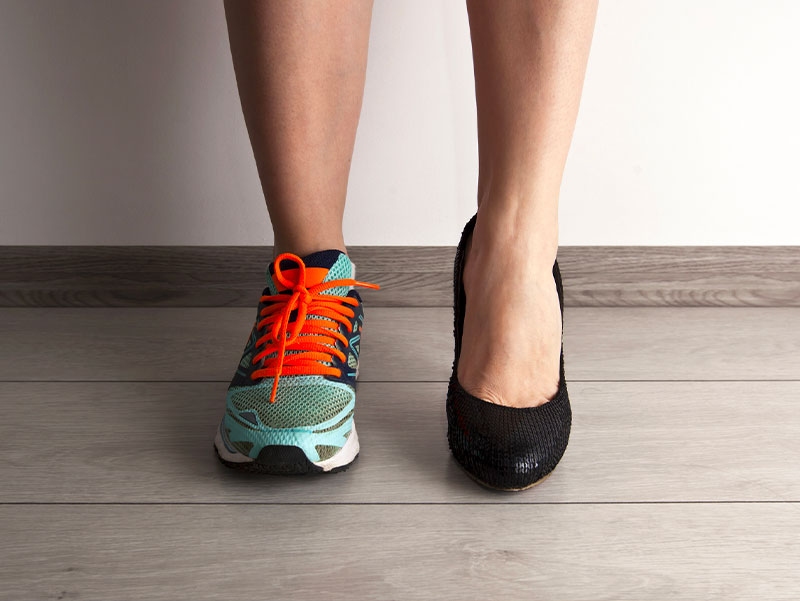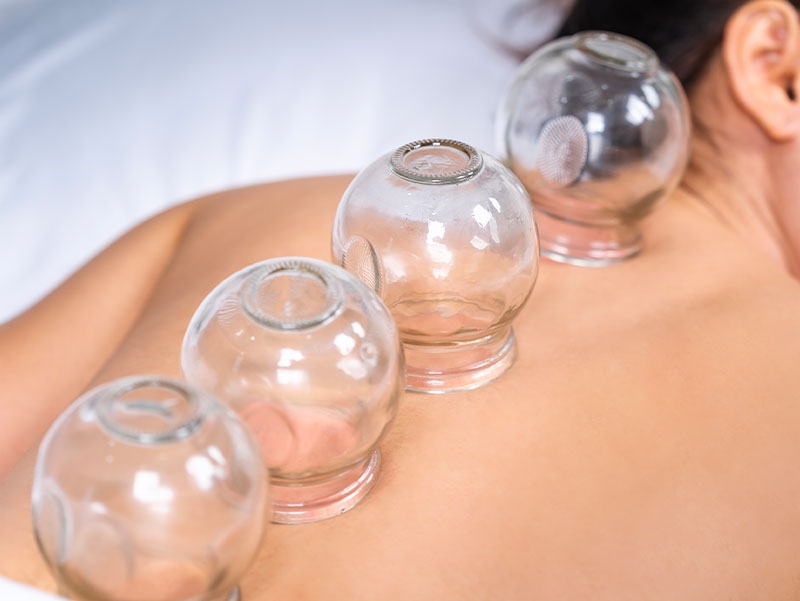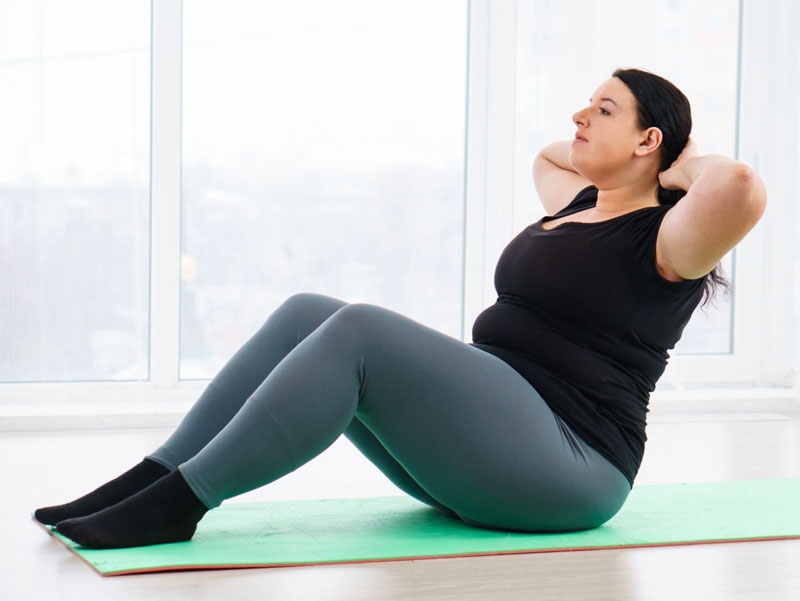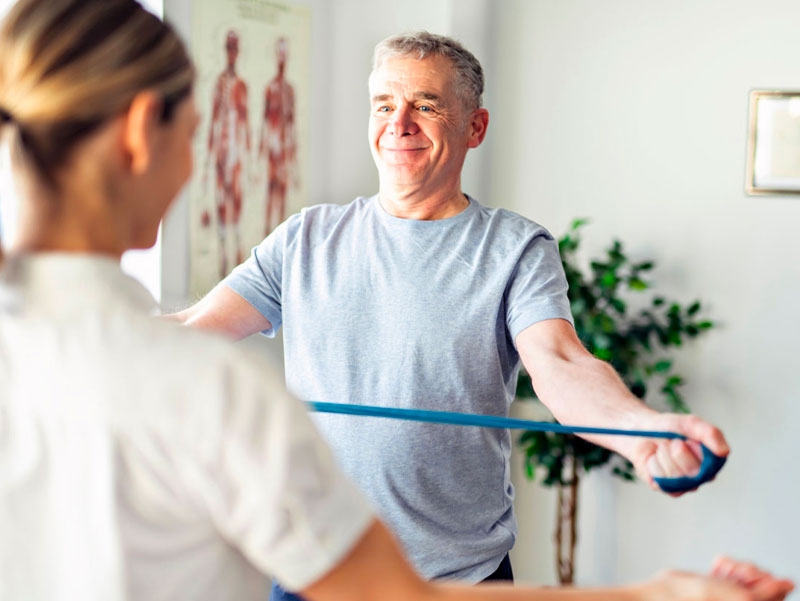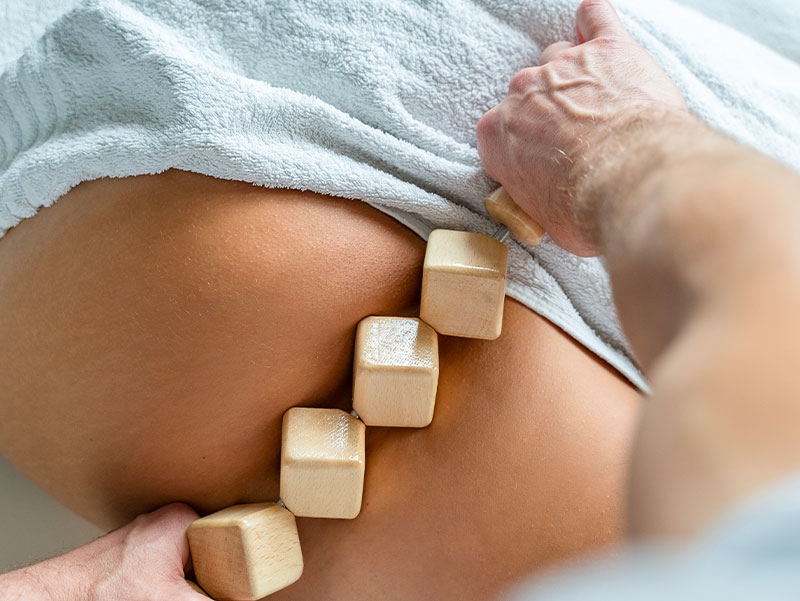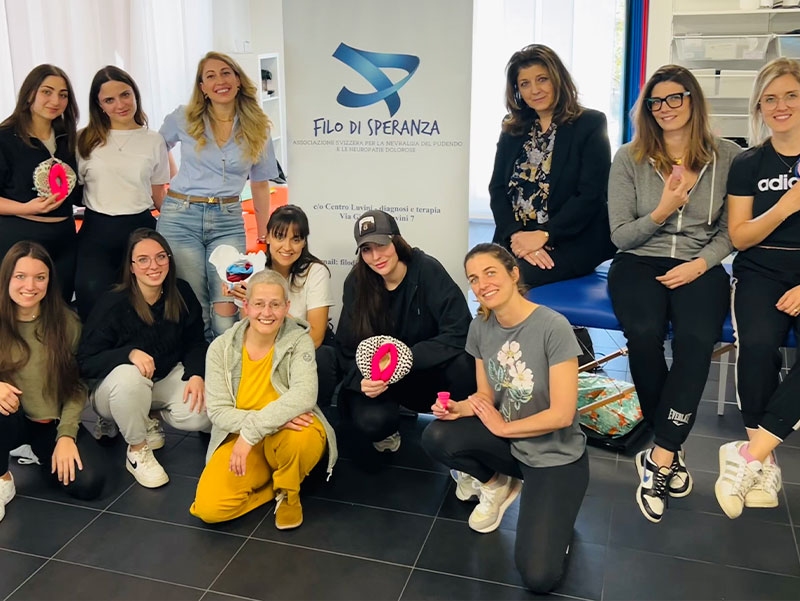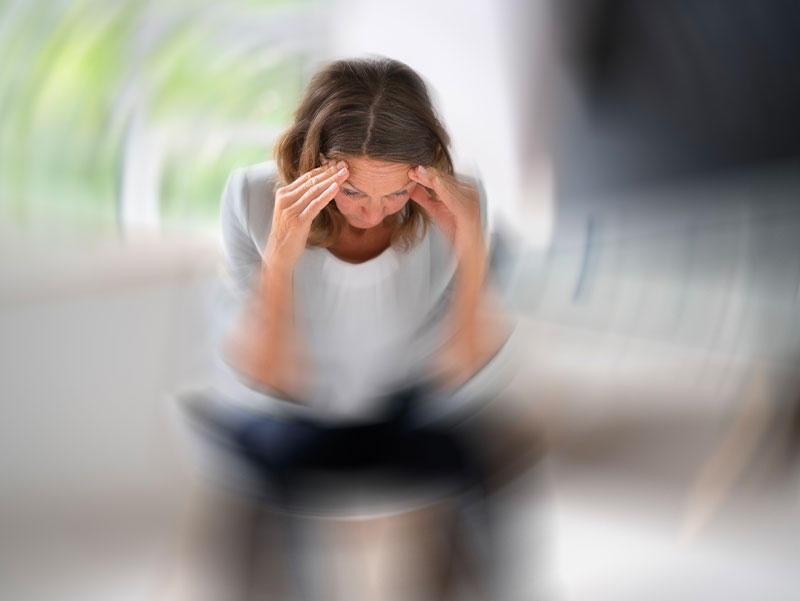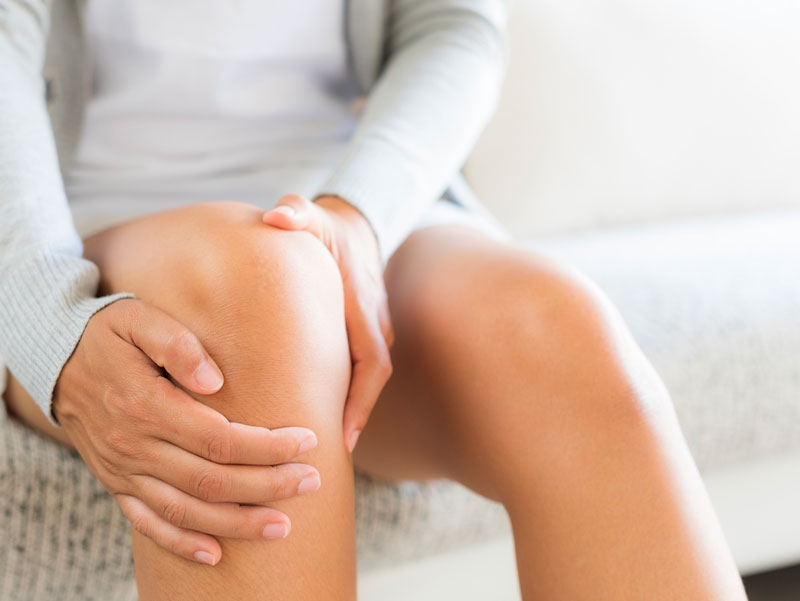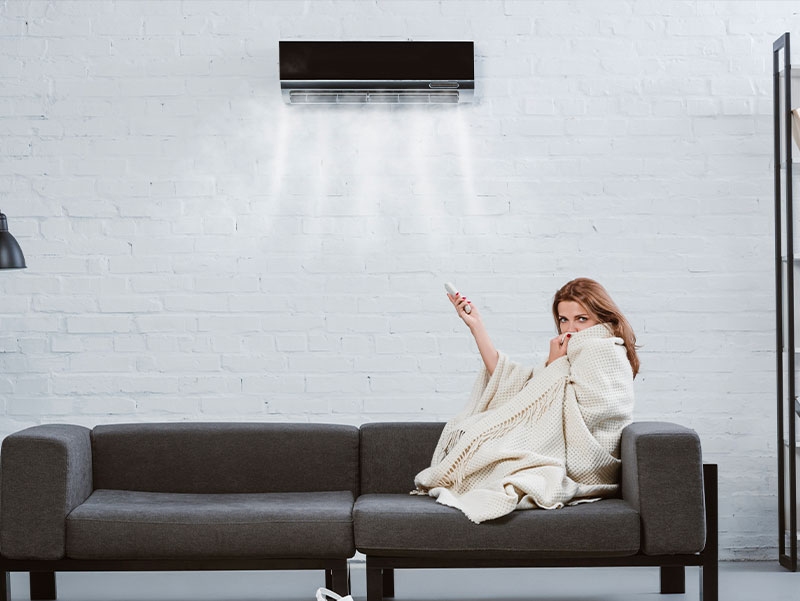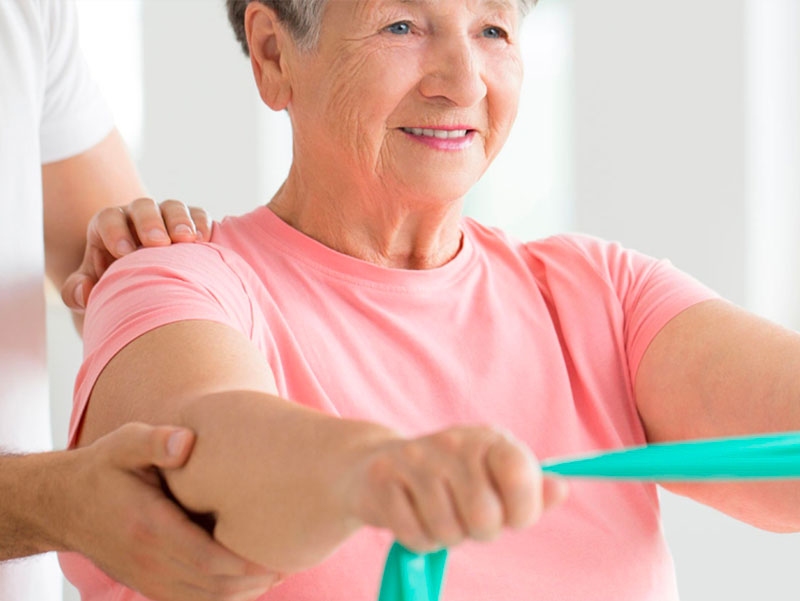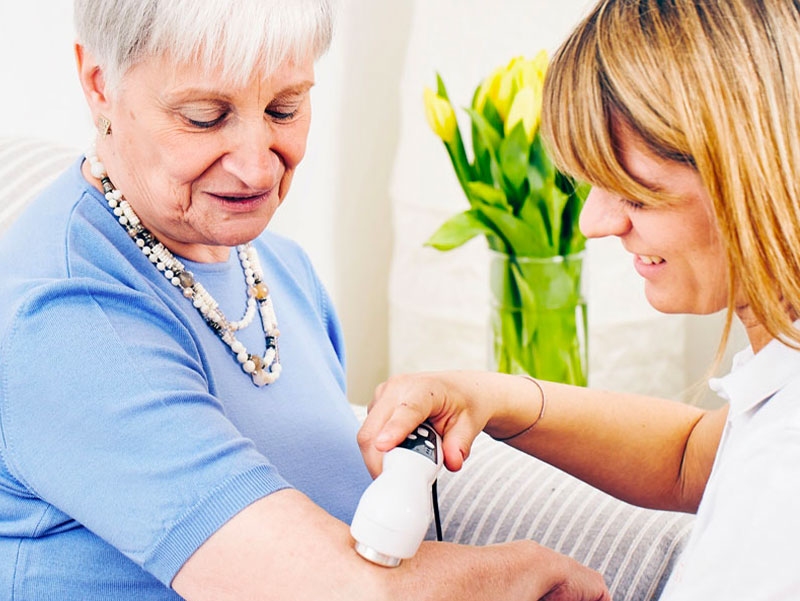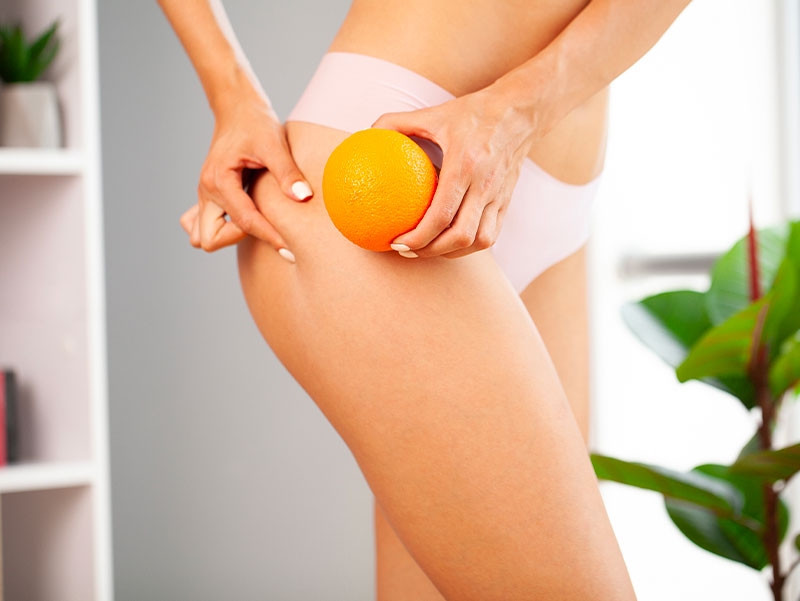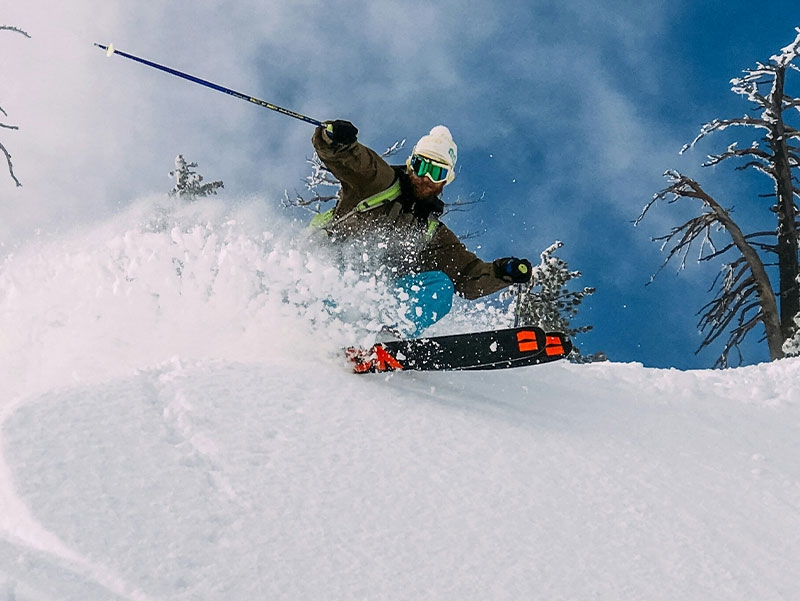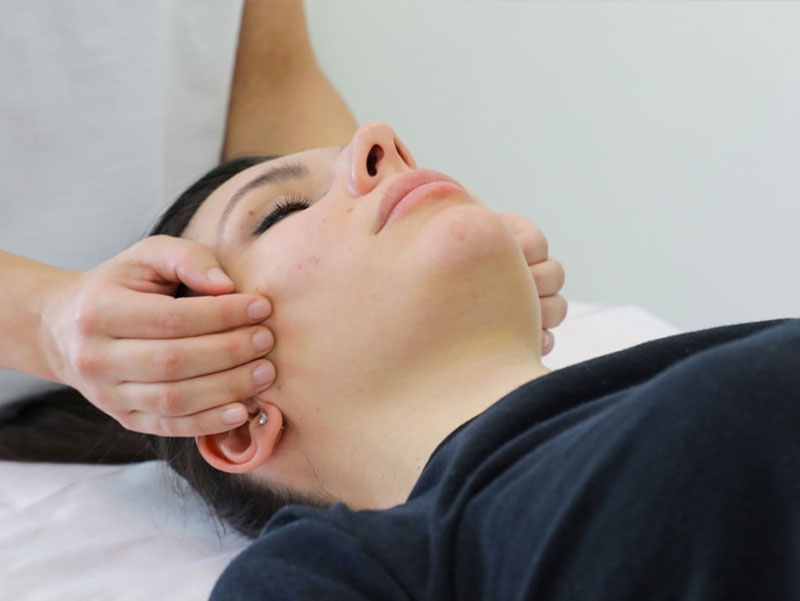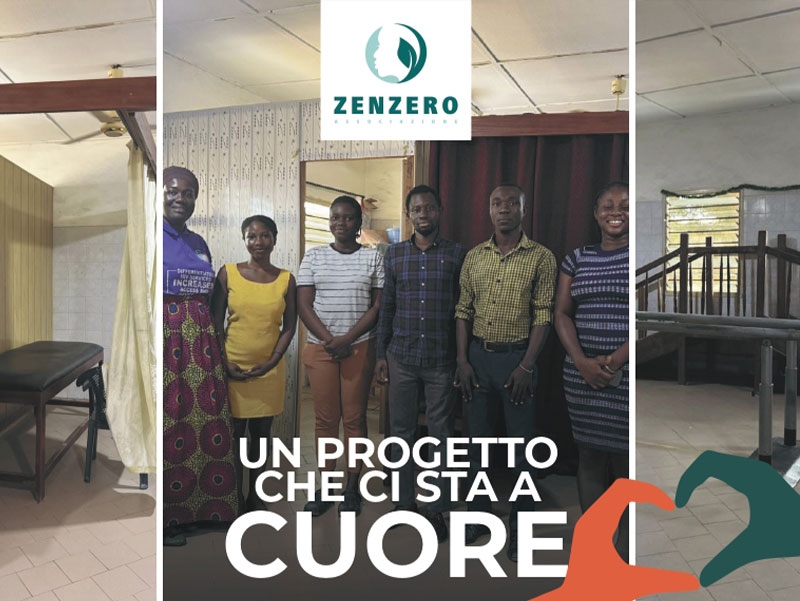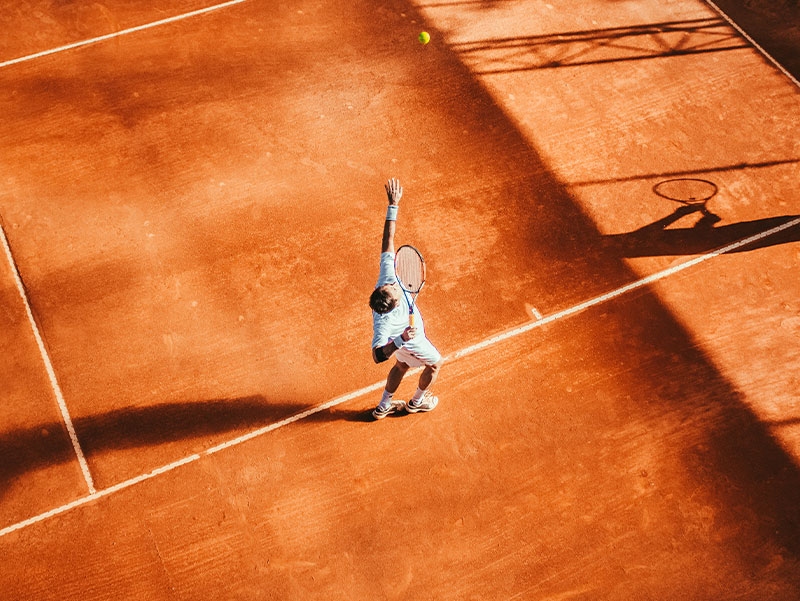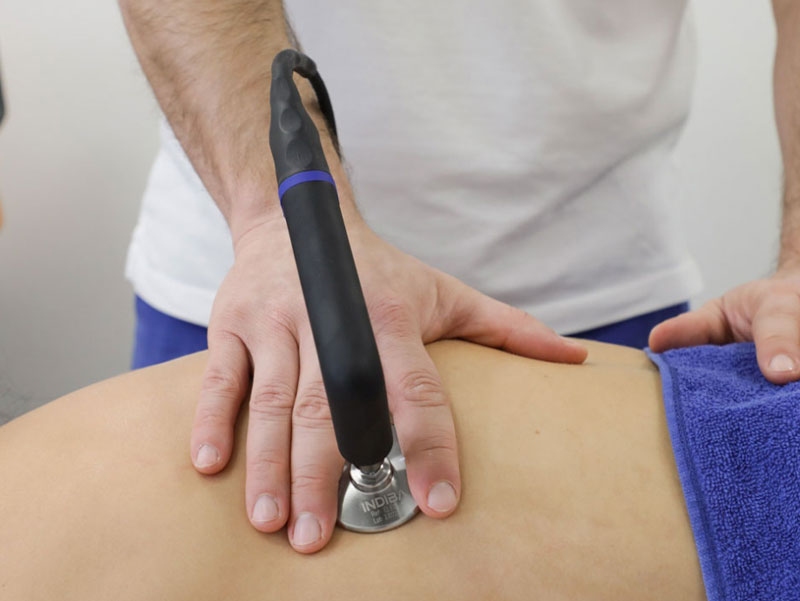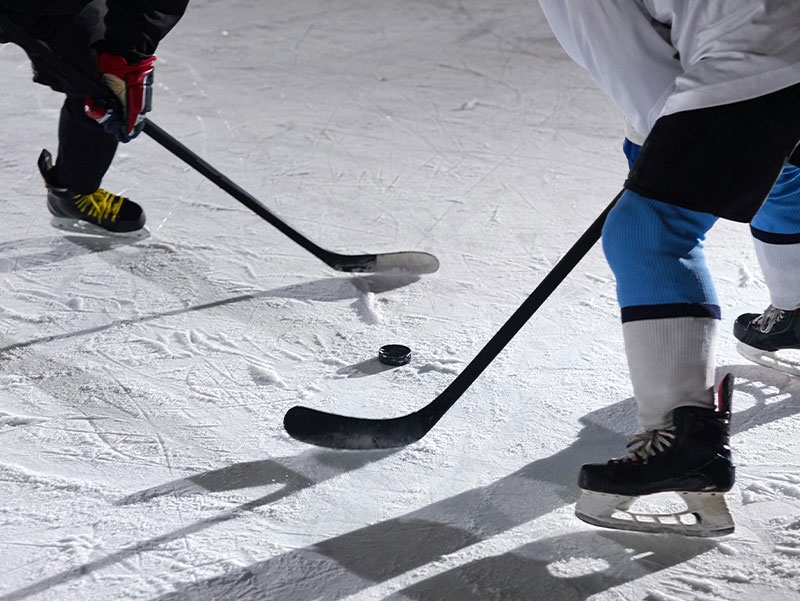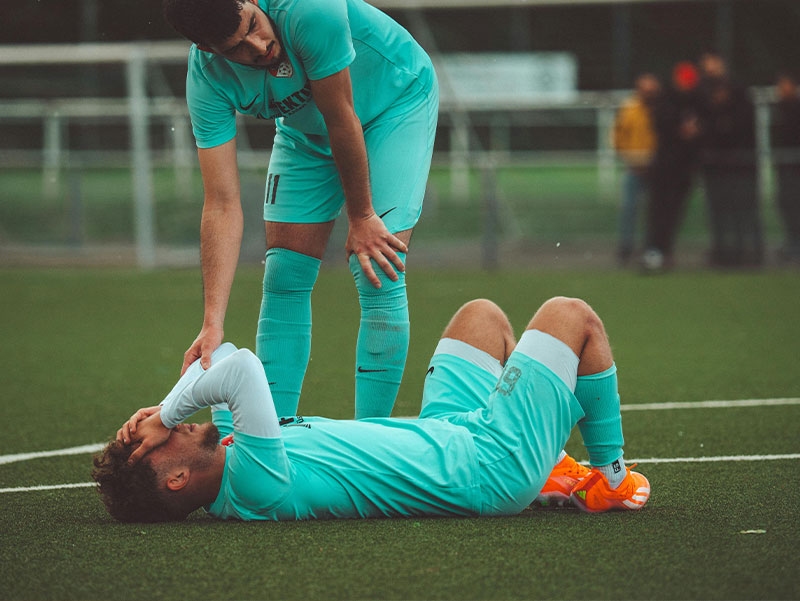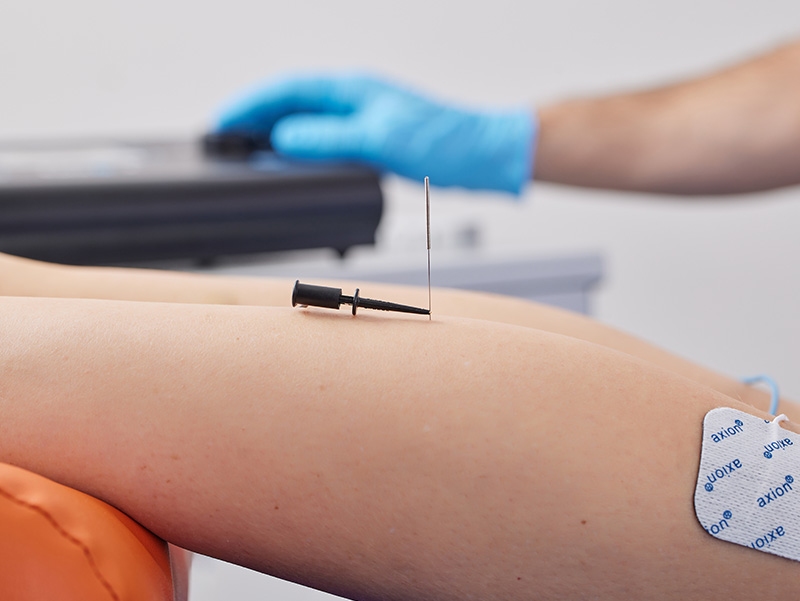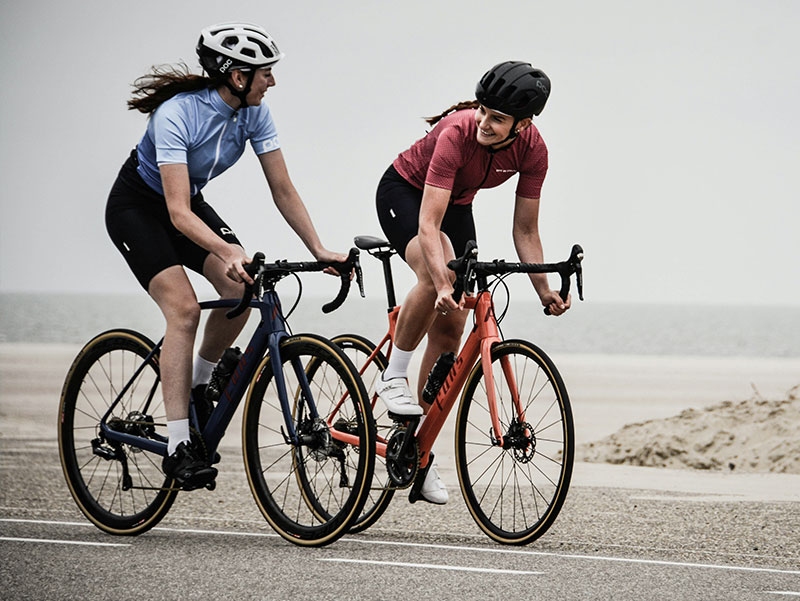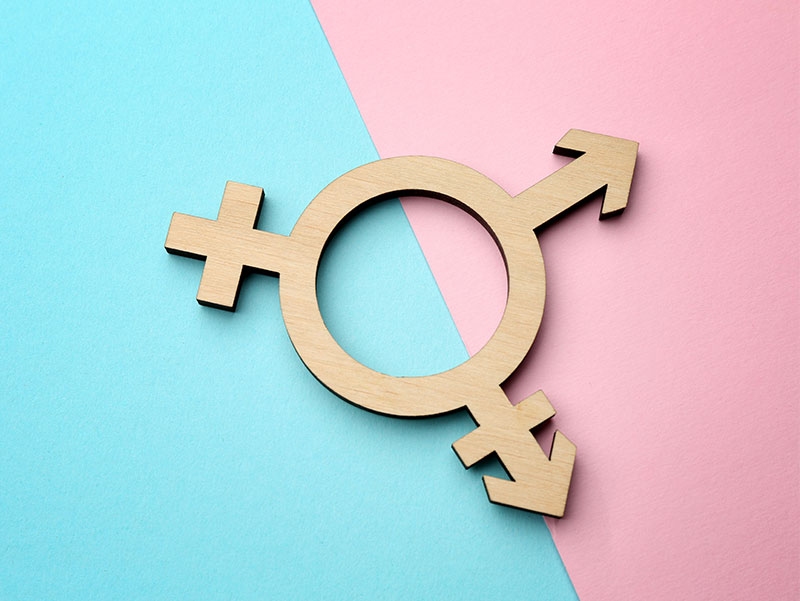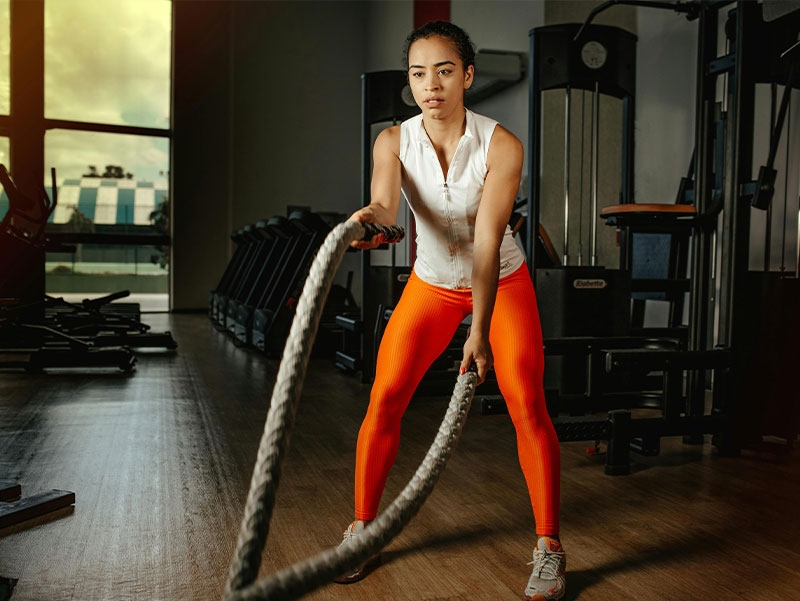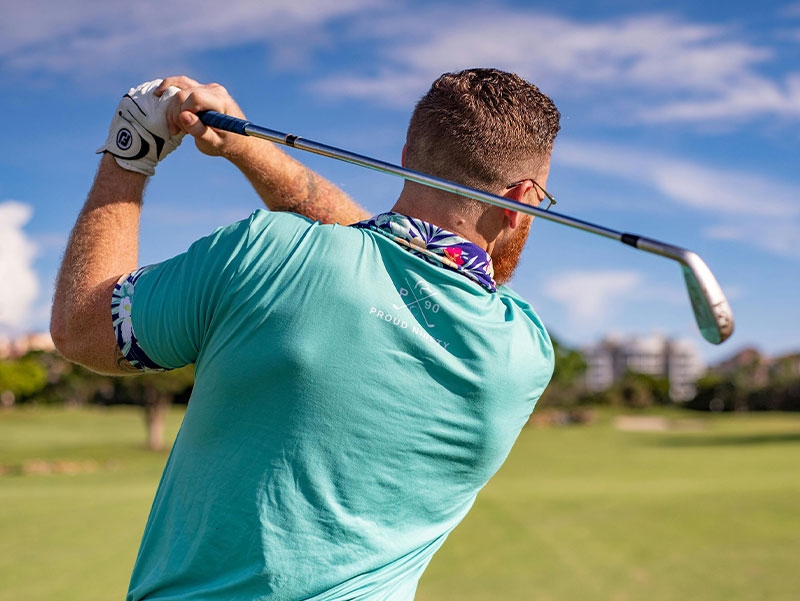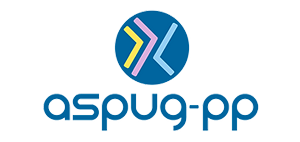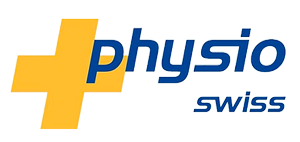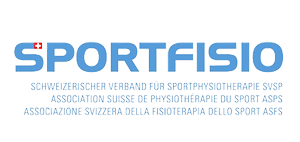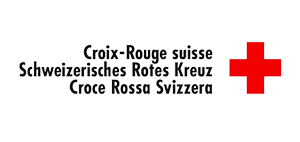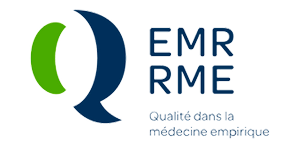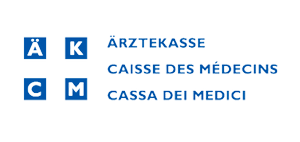At Kinetic Center, we have been successfully treating different types of tendinopathies for years and have all the most effective machines for rehabilitating these conditions.
Tendinopathy refers to a disorder of the tendons, the strong fibrous structures that connect muscles to bones, or to the skin, allowing the contractile system to perform its functions. The human body has more than 300 tendons. These important anatomical structures are recognized by their pearly color, high resistance to stress, and minimal elasticity. They function as true connectors, necessary to transform the force generated by muscle contraction into movement.
Causes and symptoms
Tendons can become inflamed due to muscle overload, intense sports activity, excess weight, or aging. The main symptom of tendon pathologies is pain, perceived both at rest and during movement. The pain can be even more intense when pressure is applied or when the affected body part is stretched. It is important to treat these conditions promptly, at the first symptoms, to prevent a worsening of mobility.
Diagnosis
The diagnosis of tendinitis is made by the general practitioner or a specialist. Sometimes further diagnostic tests are prescribed, typically ultrasound and/or MRI, to better define the nature and severity of the pathology.
Once the diagnosis is made, the patient is referred to the physiotherapist with a medical prescription. Rehabilitation is scheduled with a specific treatment plan, also based on a complete anamnesis to gather all useful information to understand the dynamics that caused and worsened the tendinitis.
Types of tendinopathies
Tendinopathies can be classified into several types:
- Enthesopathy: pathology of the tendon’s insertion point into the bone.
- Tenosynovitis, also called tenitis or tenovaginitis: inflammation of the tendon sheath.
- Tendinosis: degeneration of the tendon.
- Tendon rupture: tearing of the fibrous structure.
Most frequent tendinopathies
Tendinopathies can affect any tendon in the human body, but some occur more frequently:
- Achilles enthesopathy, also known as Achilles insertional tendinopathy: inflammation of the Achilles tendon, the thick band connecting the calf muscles to the heel.
- Patellar tendinopathy: injury to the tendon connecting the kneecap to the tibial tuberosity, located at the front and below the knee.
- Gluteal tendinopathy, also known as hip tendinitis or trochanteric tendinopathy: causes lateral hip pain that can extend downward along the thigh.
- Epicondylitis, or "tennis elbow": inflammation and/or injury of the extensor tendons of the forearm; symptoms include pain in the outer elbow (epicondyle), which may radiate to the forearm.
- Epitrochleitis, or "golfer’s elbow": inflammation of the pronator and flexor muscles that originate from the inner elbow (epitrochlea).
- Supraspinatus tendinopathy: characterized by shoulder pain, especially when performing tasks with arms extended above head level.
- De Quervain’s disease: tendinitis affecting the thumb, causing pain and functional loss in the wrist and hand.
Treatment of tendinopathies
Rest, ice, and painkillers are the initial treatment for tendinitis. If the pain persists, it is essential to consult a doctor for a correct diagnosis and then proceed with physiokinesiotherapy. There are multiple therapies, divided into manual and instrumental treatments. In addition to in-office treatments, patients are taught targeted exercises and stretching to do independently at home to maintain results and avoid relapses.
Manual therapies
- Massage of the painful area and surrounding tissues: has an analgesic effect and stimulates new collagen production.
- Therapeutic exercise: aimed at the progressive recovery of strength in the muscle-tendon unit through custom protocols for each patient.
Instrumental therapies
- Laser therapy: acts directly on inflamed tissue without contraindications for tissues or the body in general.
- Tecar therapy: reactivates natural repair and anti-inflammatory processes without radiating energy from the outside.
- Radial shockwave therapy: transmits high-energy acoustic waves through tissues.
- Therapeutic Percutaneous Electrolysis (EPTE): transmits micro-currents via acupuncture needles, guided precisely by ultrasound, to provoke a physical reaction in the tendon.
At Kinetic Center, we have been successfully treating different types of tendinopathies for years and have all the most effective machines for rehabilitating these conditions. You can meet with one of our specialized therapists by calling and booking a free consultation for a personalized assessment.
